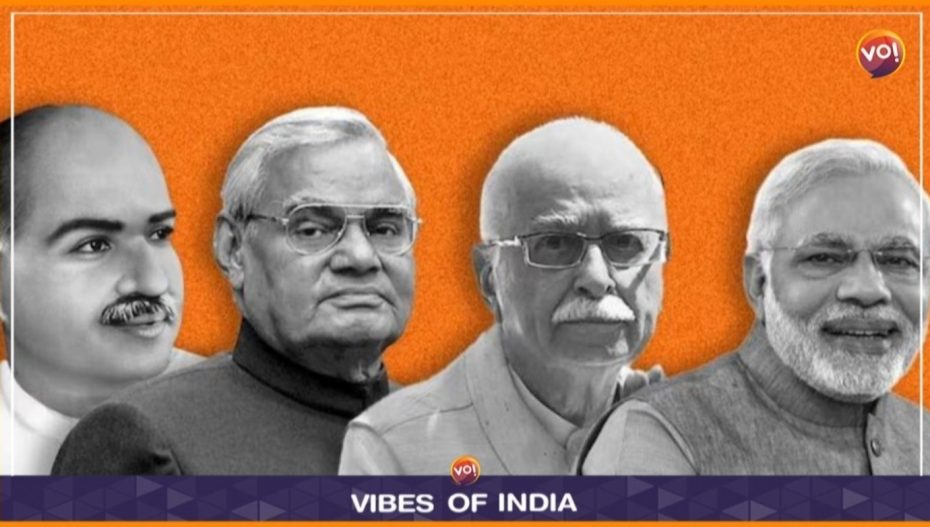The BJP has emerged as a political superpower, governing over half of India’s states. While the party’s history is studied in depth, it shouldn’t be forgotten that much of BJP’s ideology is shaped by the Bharatiya Jana Sangh. For the uninitiated, the Bharatiya Jana Sangh was born on October 21, 1951.
What led to the formation of Jana Sangh? One section of the media points out that following a ban imposed on the RSS, a section of the country believed it was essential to have an alternative to the Congress.
An editorial in a national daily reminds us of the history of post-Independence democratic polity in India which points to the strong voice of the Congress that ruled for more than a decade.
A few political groups attempted to challenge Congress’s hegemony, but they were unable to offer any viable political alternative. Socialists became irrelevant after the Congress party’s Avadi session, while communists got disoriented. This left a gap that the Bharatiya Jan Sangh, the Bharatiya Janata Party’s previous avatar, convincingly filled, the editorial adds.
When the Bharatiya Jan Sangh was formed on October 21in the Raghumal Arya Kanya Vidyalaya near the Gol Market in Central Delhi, around 200 delegates attended the event with a clear idea of what they wanted to achieve. What set the BJS apart was the emphasis on mixed economy and cultural nationalism, as opposed to the Nehruvian socialist model.
Muslims and other minorities have always been granted equal rights by the Bharatiya Jan Sangh (and later the BJP as well). They were against using minorities as vote banks to please them while completely ignoring pressing concerns like their socioeconomic advancement.
India’s culture remained paramount throughout the BJP regime. While the late 1990s Ram Mandir movement served as its focal point, it was not limited only to that. The BJS and BJP were conscious of grassroots transformation as well as symbolism. The BJS and BJP agendas remained focused on the abrogation of Article 370 as a means of putting an end to separatism.
Likewise, border regions, like the Northeast, have historically placed a high value on their emotional integration. With a focus on symbolism, a BJP MP made sure that Parliamentary sessions always begin with the National Anthem and conclude with the National Song.
What political contributions have the BJS and BJP made together over the past 70 years to India? The journey from Jan Sangh to BJP made three points very evident, the editorial further highlights.
First, even in democracies where people are hurrying to write their deathbed testaments, ideology and idealism remain important differentiators. It is now acceptable to discuss safeguarding the interests of the Hindu majority community.
As the editorial rightly notes, today, groups who would not normally speak the word “Hindu” are competing with one another to show their reverence for its symbols.
Second, the BJS to BJP yatra brought cadre building back to prominence in a political environment where riding the waves and capitalising on anti-incumbency had become the norm.
In 1952, the eight-member Legislature Party of Jan Sangh in Rajasthan faced a vertical split as six members revolted against its decision to support a key land reform bill. The party still went ahead. Today, if the BJP has steadfastly refused to withdraw the three pro-small farmers’ bills even in the face of the agitation, it is because of the same continued commitment to principles.
As the editorial outlines, the Jan Sangh to BJP yatra stands out for its ‘Nation First’ politics where identity issues are relentlessly exploited by regional and community-based parties using a dynast as a mascot. One gains further understanding of the BJP of today by reading the Jan Sangh’s 1957 manifesto.
Finally, even now, when Prime Minister Narendra Modi emphasises “Sabka Prayas,” he serves as a reminder to assume national responsibility.











